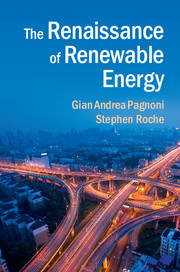1 - What Is Energy?
Published online by Cambridge University Press: 05 March 2015
Summary
Aristotle in Times Square
The term ‘energy’ has become ubiquitous, as likely to be heard in a yoga class as at a physics lecture. In its everyday use, it has become synonymous with force, vigour, well-being and a certain kind of atmosphere. We talk about people or places having energy, a certain kind of energy, or lacking it altogether. We’ve become so used to using the words ‘energy’ and ‘energetic’ as pliant descriptors that we’re liable to overlook their scientific significance.
A first-time visitor to Times Square, the heart of one of the world’s busiest cities, is likely to first comment on the ‘energy’ of the place. But does this use of the term bear any relation to its scientific meaning? The Greek term ένέργεια (energeia), the origin of the English word, was probably coined by Aristotle. It combines the prefix en, meaning ‘in’ or ‘at’, with ergon, meaning ‘action’ or ‘work’. According to Aristotle, all living beings are defined by this attribute; they are ‘at work’, in contrast to inactive, inanimate objects. So energeia, for Aristotle, was intimately connected to movement. This philosophical concept of energy remained for more than 2,000 years the main usage of the term. As late as 1737, the philosopher David Hume wrote that there were “no ideas, which occur in metaphysics, more obscure and uncertain, than those of power, force, energy or necessary connexion”.
- Type
- Chapter
- Information
- The Renaissance of Renewable Energy , pp. 3 - 25Publisher: Cambridge University PressPrint publication year: 2015



